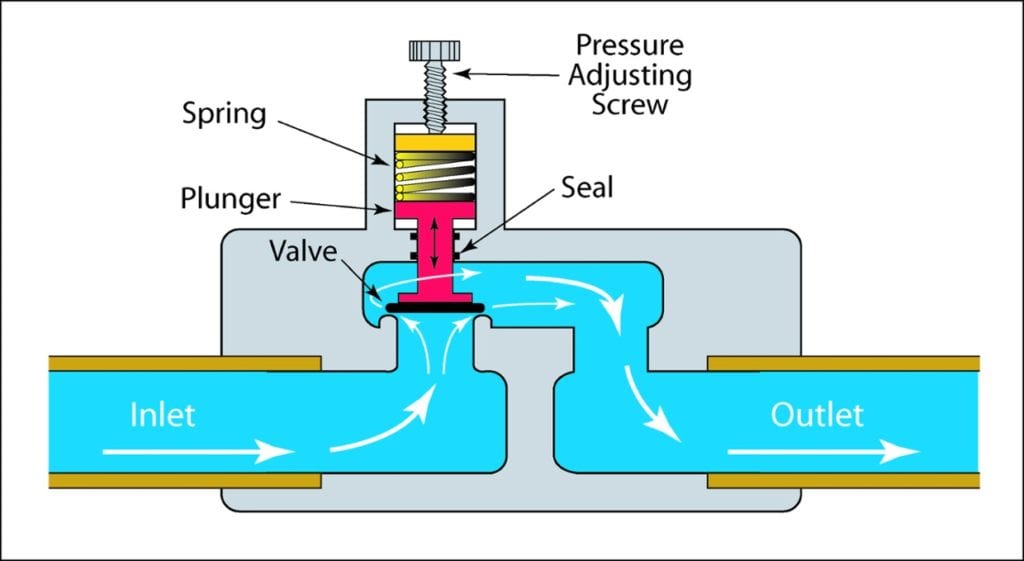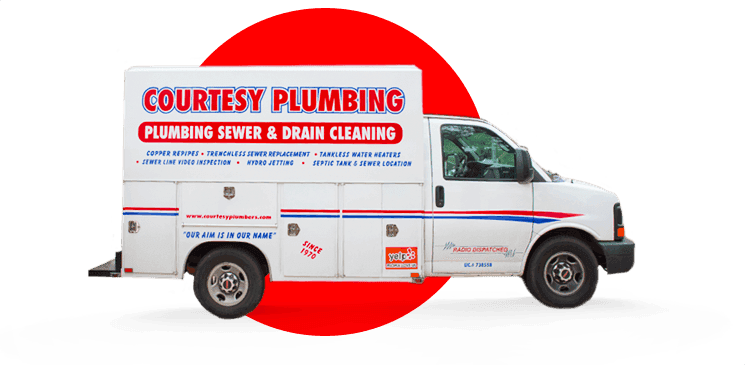Backflow refers to the reversal of the flow of water. When it comes to plumbing problems a backflow problem is one of the most serious because it can lead to water contamination not to mention cause a huge mess. There are two different types of backflow: backpressure backflow and back siphonage backflow. The best strategy against a backflow issue is prevention. Here is what you need to know about backflow problems and how you can prevent them.
Back Pressure Backflow
Backpressure backflow occurs when downstream pressure from a non-potable water source becomes greater than the pressure of the main water source. This can be the result of one or two things:
- An increase in downstream pressure caused by pumps or heat expansions from boilers.
- The reduction in potable water pressure can be caused by firefighting, line flushing, or a break in the main water line.

Back Siphonage Backflow
Back Siphonage backflow is caused by a vacuum or partial vacuum as the result of negative pressure in the waterline. This causes water that may be contaminated or polluted to be drawn back into the clean water supply. Like backpressure backflow, this can also be caused by firefighting activities, breaks in the main water line, or from construction.
The Dangers of Backflow
A backflow problem can lead to contamination of clean water. Clean water is a necessity for a successful society. Advances in modern plumbing have lead to better waste removal and better sanitation practices. This has lead to the ratification of many diseases. Unfortunately, backflow issues can still occur. When clean water is contaminated with wastewater as the result of a backflow it can pose a health risk. Contaminated water could contain bacteria, chemicals, and germs that can transmit diseases.
Backflow & Back Siphonage Prevention
Prevention is the best way to protect yourself from backflow. By being proactive about your plumbing safety, you can save yourself a lot of time, money, and energy.
Two common ways to prevent backflow include:
- Air Gaps – Air gaps are commonly used to help maintain the pressure in the plumbing system to prevent backflow. In certain instances, there may not be room or an air gap. In this instance, a backflow preventer should be installed.
- Backflow Preventor Valve – In lieu of an air gap, a specialized backflow preventor valve can be installed in key areas of the plumbing system where clean water is most vulnerable to contamination. Because these valves use moving parts, they should be checked regularly.
Moving forward, regular plumbing maintenance should be performed to prevent backflow issues. This will involve inspecting the backflow preventer valve to make sure it is in good working order as well as monitoring cross-connections.
For all your backflow and back siphonage backflow needs, contact our skilled Covina plumber today!



